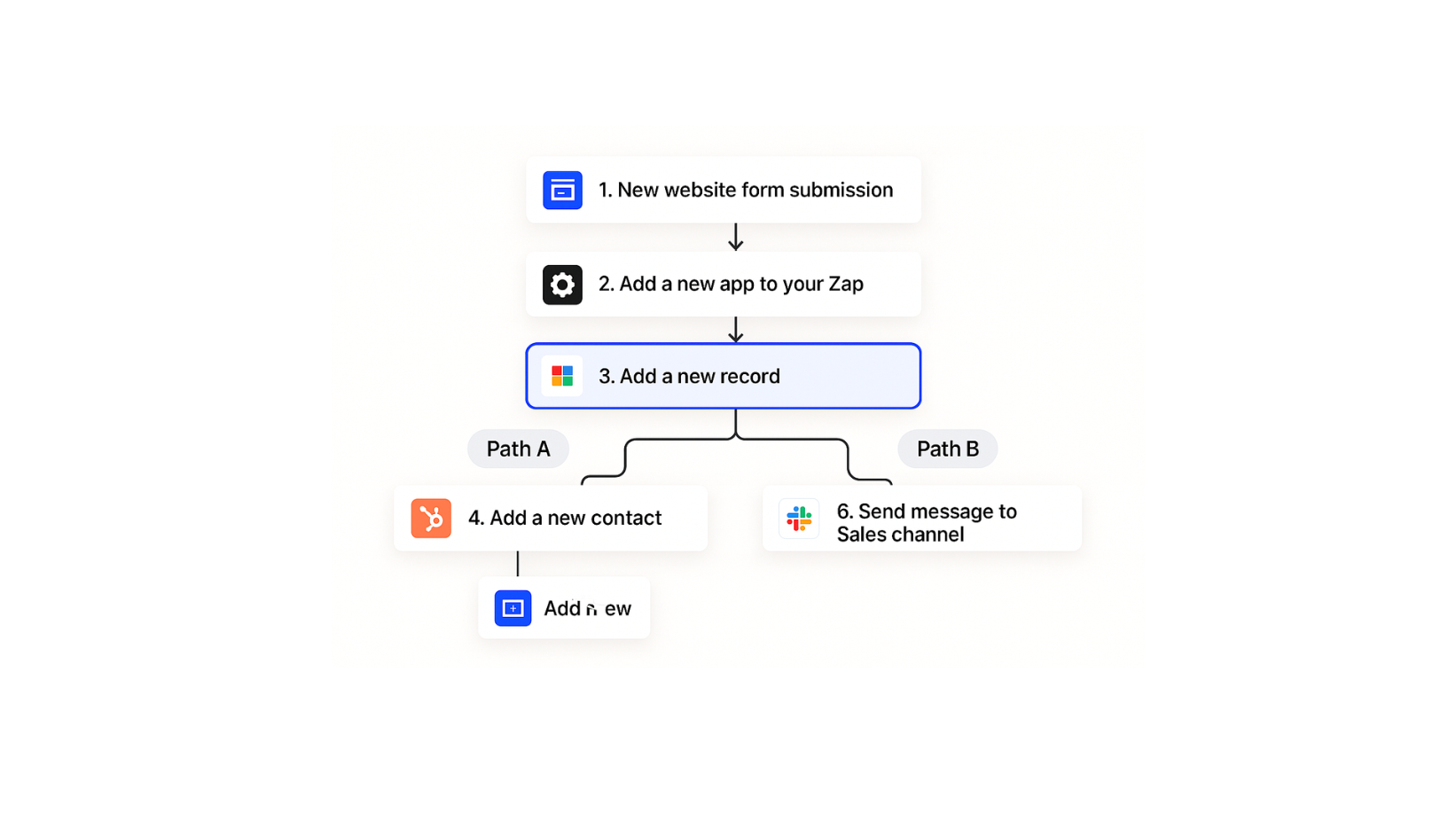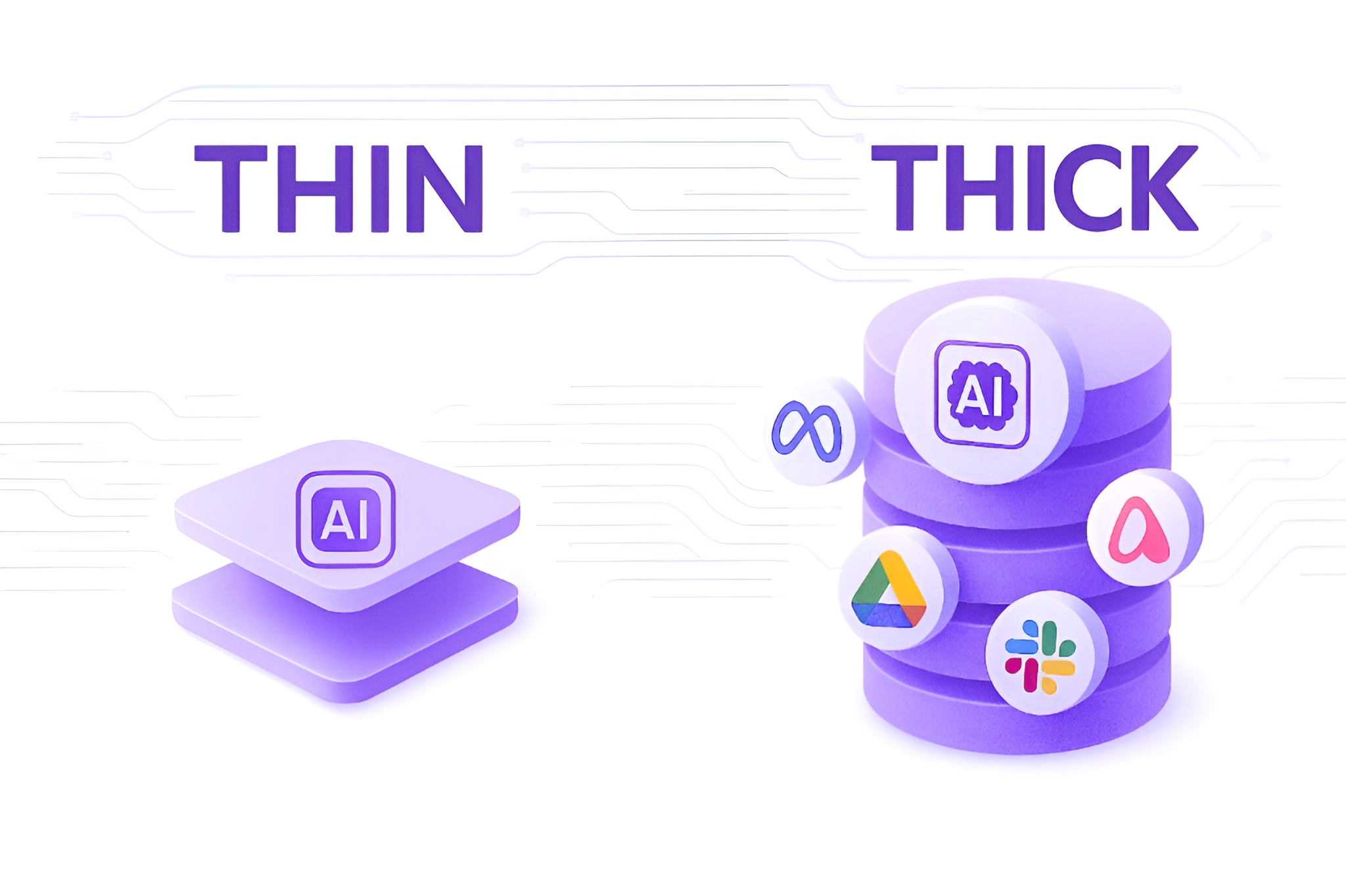
Agentic AI Explained: How AI Agents Are Becoming Your New Digital Teammates
Discover how agentic AI is transforming software into proactive digital teammates, boosting productivity and automating complex tasks.
Discover how Financial Knowledge Graphs connect complex financial data, enhance AI-driven insights, and transform decision-making across the modern finance industry.

A Financial Knowledge Graph is a network of nodes and edges that stores financial data in a contextual and meaningful manner. Each node represents an entity such as a customer, company, account, or transaction, and these nodes are connected through relationships that define how data points relate to one another, effectively forming a map of financial knowledge. Unlike traditional databases, which connect information through tables or rigid schemas, knowledge graphs link data semantically and allow systems to understand the meaning and relationships behind each connection.
Let’s take the example of a banking system. Suppose we need to store data about a customer’s loans, transaction history, account balances, and investment portfolios. In a Financial Knowledge Graph, all these entities can be interconnected, showing how each piece of data relates to the others. The same graph can also integrate external data such as market indices, stock prices, or financial news for deeper analysis. This interconnected structure allows AI systems and analysts to reason over data relationships, uncover insights, and answer complex financial questions, and effectively transform raw financial data into actionable intelligence.
From a data management perspective, knowledge graphs provide a unified, flexible data layer capable of integrating information from multiple sources. In financial services, where data is often isolated across departments and systems, a knowledge graph helps break down those isolations by merging everything into a centralized, connected repository where all assets are interlinked. The data within a knowledge graph is typically stored in graph databases (such as Neo4j or TigerGraph) that are optimized for relationship-centric queries. This makes it easier for AI-driven analytics and automated workflows to traverse the connections within the graph, analyze data in a more contextual way, and generate insights that would otherwise be difficult to uncover in traditional relational databases.
In finance, decision-making and analytics depend heavily on understanding complex relationships between data, events, and entities. Knowing how customers relate to each other, how risks propagate, or how market events impact portfolios is critical to making sound decisions. Traditional relational databases struggle with this level of connectivity. Managing highly linked financial data often requires numerous JOIN operations and complex schemas, which can become inefficient and hard to scale. Knowledge Graphs solve this problem by natively modeling relationships between data points. This enables context-aware analysis, faster insights, and seamless integration across multiple financial systems.
A Financial Knowledge Graph captures domain-specific knowledge, often through ontologies or schemas built for finance, and links data points accordingly. This makes it invaluable for advanced analytics, AI-driven financial applications, and comprehensive data storage or integration solutions. Financial Knowledge Graphs transform disconnected financial data into a living network of intelligence, powering smarter decisions, stronger compliance, and more efficient AI-enabled systems across the financial industry.
Financial Knowledge Graphs have become a core foundation for many AI and data management applications in the financial industry. By enriching raw data with context and relationships, they enable deeper analysis and more informed decision-making. Below are a few key use cases and benefits of Financial Knowledge Graphs in practice. Beyond these, they can be applied across many other areas of the financial sector, depending on specific industry needs and practices:

Discover how agentic AI is transforming software into proactive digital teammates, boosting productivity and automating complex tasks.

Explore how moving from thin to thick AI wrappers helps entrepreneurs design innovative solutions that last.
Working with We Better AI means teaming up with a group
that values open communication, measurable outcomes
and a supportive collaboration style. We take pride in
putting our expertise and experience into action for
companies aiming to stay on top in their industry, and our
history of success speaks for itself.
Discover how tailored AI can transform your business
and deliver a real return on investment. Book our free
consultation now, and feel free to submit a question
or comment.
